Top Calming Flowers for a Peaceful, Fragrant Garden
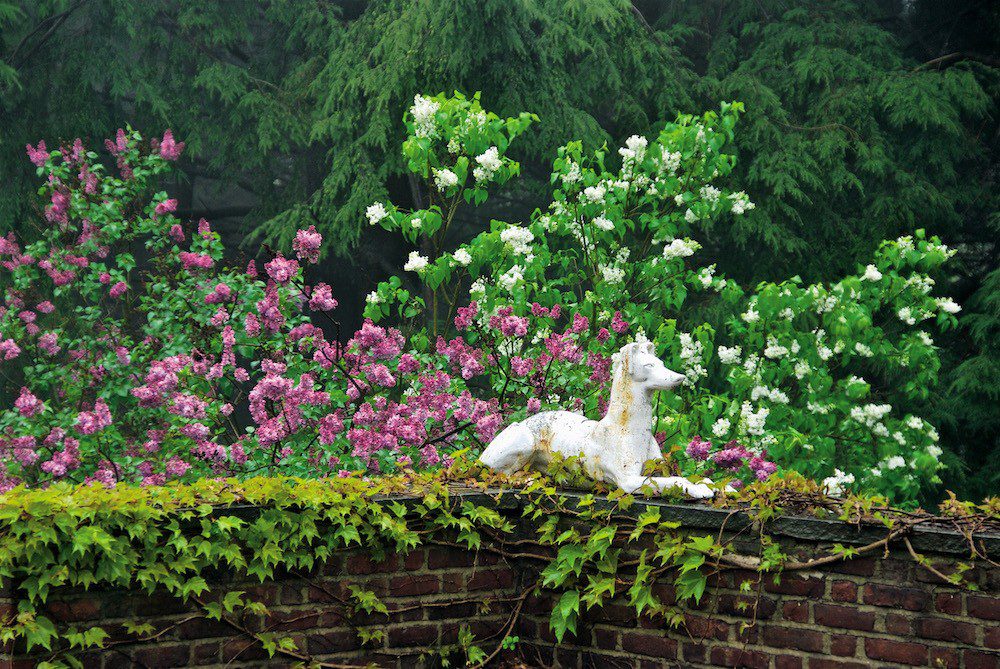
Syringa vulgaris, the common or French lilac.
Describing a scented flower as simply “fragrant” might work for some floral archivists. But it doesn’t cut it for Ken Druse, the award-winning author, photographer, and gardener who has 20 books to his name. “I wanted to know more and say more,” Druse writes in his latest book, The Scentual Garden: Exploring the World of Botanical Fragrance.
For Druse, the problem was not that there was a lack of variety in scent, but that we were lacking a vocabulary to describe it. So he created one.
He developed a guide to scents, what he calls his “Encyclopedia of Fragrant Plants,” in which he categorizes flowers and plants into 12 “master scents” ranging from floral and fruity to balsamic and medicinal. Everything from flowers to shrubs and trees are grouped by fragrance with notes about their scent and ideas for their usage.
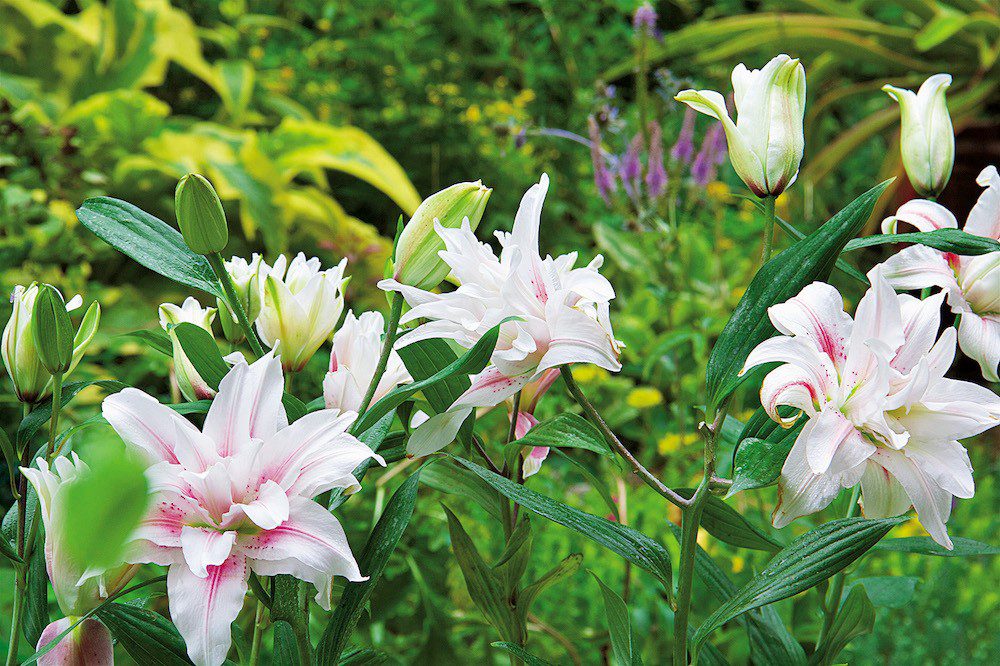
Belonica, one of the double-flowered Oriental lilies known as a roselily.
“When I encounter a fragrant flower, I sample the scent and I am immediately transported,” Druse tells Flower Power Daily. “A whiff of a familiar odor often takes me back to a moment in the past, a person or place.”
With all of the stress surrounding us in the world right now, we tapped Druse to grace us with examples of flowers and plants that would transport us to a place of peacefulness. And if you have a garden or even a few pots indoors—for city dwellers—here are Druse’s recommendations, in his own words, for creating such a tranquil space with scented blooms.
![]()
When I encounter a fragrant flower, I sample the scent and I am immediately transported. A whiff of a familiar odor often takes me back to a moment in the past, a person or place. It is often a happy memory. The area of the brain that analyzes smells is the same area where memories are stored.
I can’t think of anything as soothing as a light sweet or even rich and luxurious scent. Just as farm-fresh food is so much better than the same things sitting on shelves of the produce aisle, and home cooking is better than things from a can, the smell of living flowers or leafy herbs in the garden is far superior to synthetic forms in room fresheners or deodorizers. Despite what TV commercials say, smelling fabric-softener-treated laundry pulled out of the clothes dryers can’t lift our spirits the way plants can.
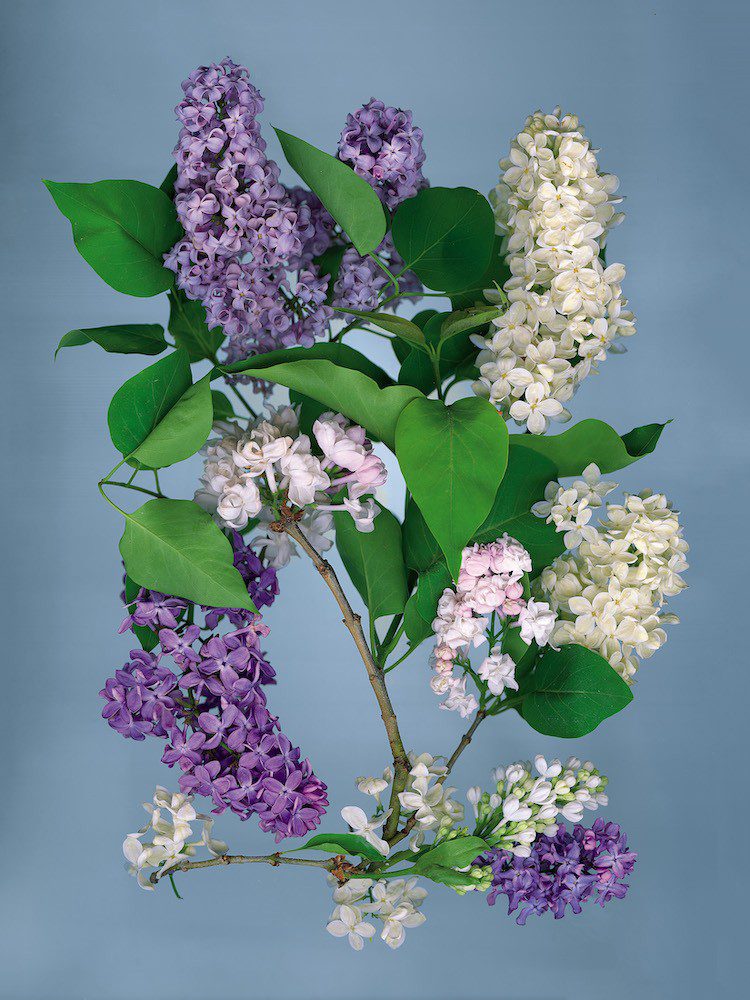

Lilacs
Lilacs always make me think of my late mother, who like me, had an acute sense of smell and love of natural floral fragrance. I used to cut blooming stems from my garden to bring to her for Mother’s Day—she couldn’t get enough. Fortunately, it is said that of all the senses, smell is the last one to leave us as we age. That may or may not be true, but olfactory neurons are among the only nerve cells in the body that regenerate, replacing themselves once every month or two.
May lilacs were my mother’s favorite flowers to smell. In my latest book, The Scentual Garden: Exploring the World of Botanical Fragrance, I tried to analyze and communicate what flowers and leaves smell like. I mostly used analogies. For example, pineapple sage smells like its namesake, but complex gardenias smell, to me, like a combination of winter jasmine, coconut, vanilla, almond, clove, crayons, black pepper, patchouli and indole, the strange molecular compound found in many flowers, which often smells like mothballs.


Fragrant antique roses: semi-double pink Rosa x damascena ‘Trigintipetala’, known before 1612; double red Damask ‘Rose de Rescht’; paler red centifolia ‘Prolifera de Redout.’, known before 1759; double lilac-pink ‘Rush Family Gallica’.
In these especially trying times, you’ll want to make a natural retreat by going out to the garden if you have one, or from flowering houseplants. Although the impulse is to breathe deeply to capture as much of a fragrance as possible, our scent receptors can become anesthetized. Take little sniffs to keep things fresh, and if you find that you can’t smell your favorite rose after a few minutes, smell the inside of your elbow to reset those scent receptors.
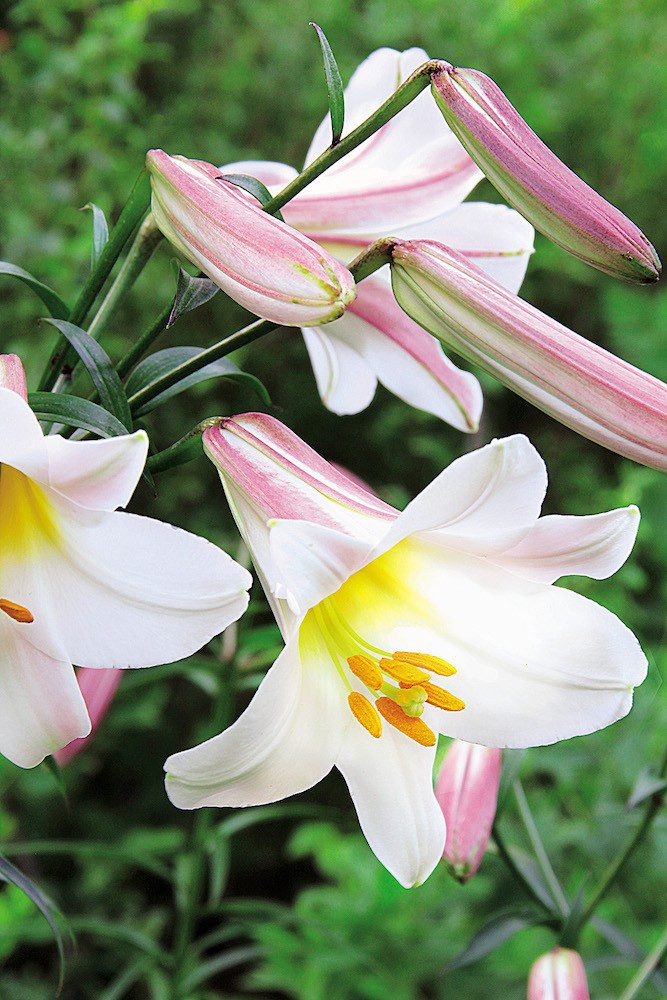

Lilium regale
Answering the question of which flower smells best is easy. It is the one I am sampling at the moment I’m asked. But it is easy to point out a few from the summer garden. Roses of course. Heirloom or heritage roses, plants introduced before 1847 when the first hybrid tea appeared on the market, and those hybrid teas. The old roses have a distinct fragrance that is hard to describe. If you have ever smelled rose water, that’s the smell. It’s a little spicy, with musk and bath powder. The intoxicating scent of the old roses is transportive. The hybrid teas have a different smell. It is fruitier, sometimes with peach, and of course, the distinctive aroma of black tea.
Soon the tall Oriental lilies will be in bloom in the garden. Not all lilies have a scent. But the Oriental ones, and their hybrids, do. I love Lilium regale, the regal lily. Its powerful smell intensifies at night.
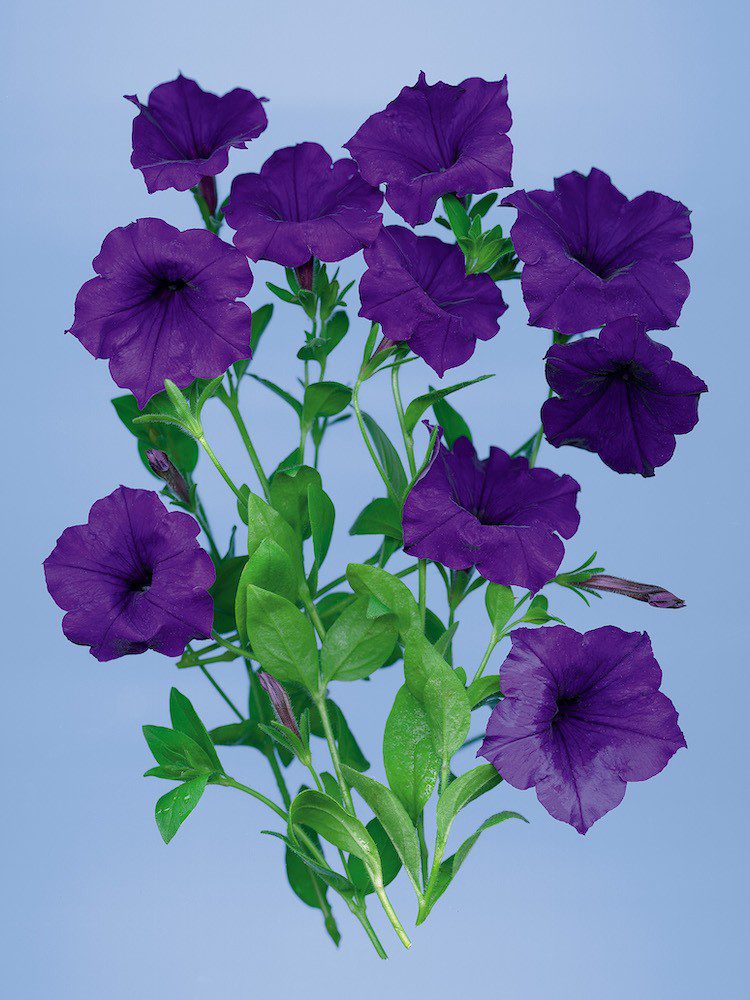

Petunias
Heady heliotropes smell like cherry, almond and baby powder. Pinks smell like clove and in fact, contain eugenol, the same chemical as the spice. Even common petunias smell, especially old-fashioned trailing kinds. If you’ve never noticed the smell of petunias, check back after dark. They are pollinated by moths.
Of course, all of these wonderful smells did not evolve for our benefit. They are there to attract their pollinators, but we get to luxuriate in their wonderful fragrances by happy coincidence.
—Ken Druse
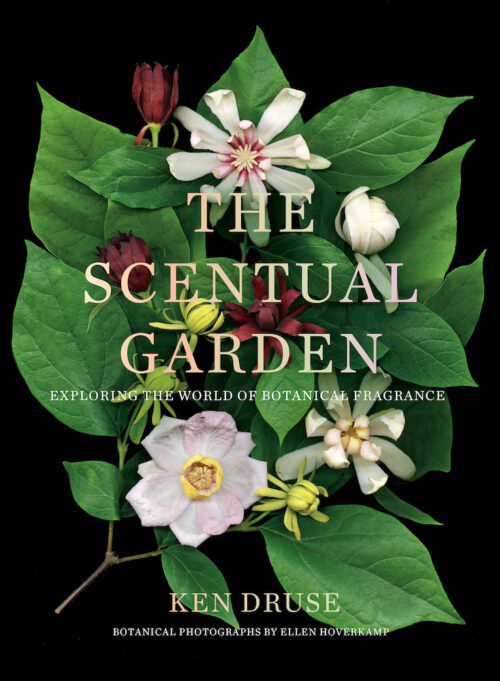

![]()
![]()
![]()
Photo credits: All botanical photographs by Ellen Hoverkamp and all garden photographs by Ken Druse. Images courtesy of Ken Druse and Abrams Books.
